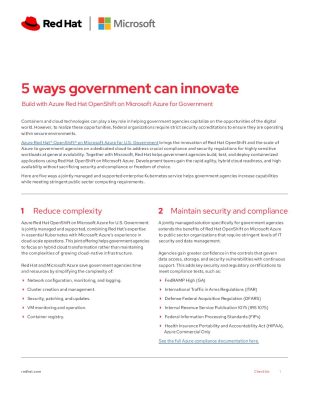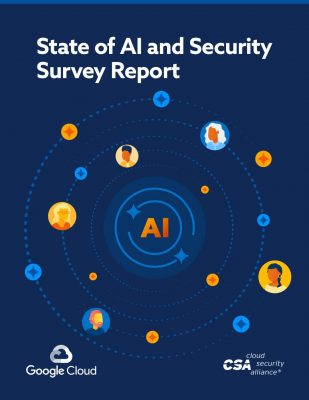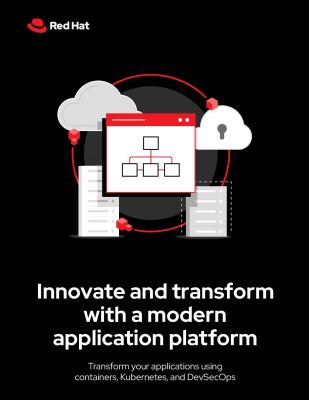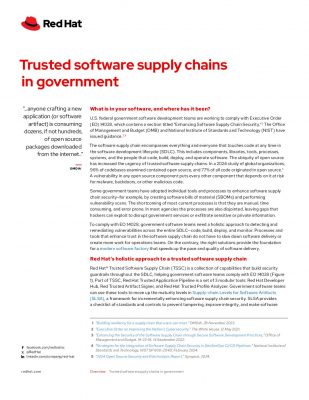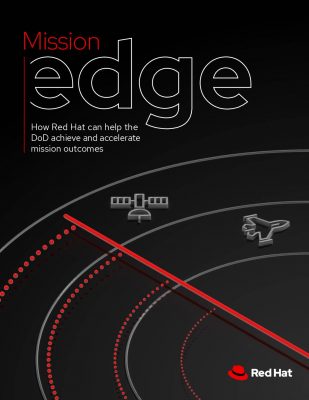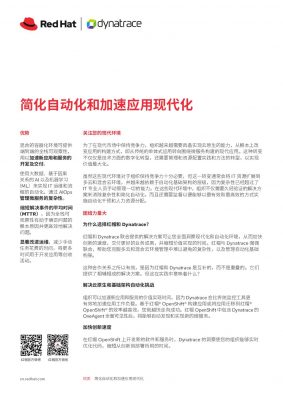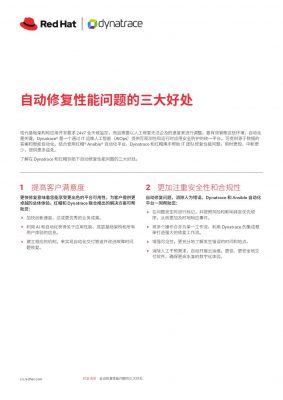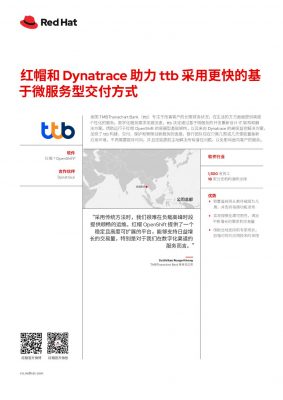Highlights:
- Cloud adoption is essential and a catalyst for building agile organizational cultures, vital for navigating unpredictable market conditions and meeting evolving market expectations.
- Security concerns remain a leading factor driving enterprises towards smart private clouds, with many companies prioritizing tighter security over the speed of public cloud configuration.
In the current market turbulence and digital disruption era, enterprises strategically amplify their investments in private cloud computing technology as a foundational element for a resilient and agile digital-first approach. The storm of challenges, ranging from cybersecurity threats to disrupted supply chains and economic uncertainties, has prompted almost half of the enterprises to bolster cloud spending. In tandem, more than half of the organizations are gearing up to migrate and modernize their applications, recognizing the pivotal role of the cloud in aligning technology with business objectives.
In digital landscape dynamics, enterprises face a multifaceted landscape marked by evolving customer expectations, disrupted ecosystems, and an increasingly unpredictable economic and political environment. Simultaneously, the global shift towards digital transformation (DX) in B2B is propelling commercial and public organizations across all industries to rely on digital platforms to tackle business challenges and accelerate growth.
These platforms must exhibit agility, resilience, and adaptability, necessitating a departure from the traditional confines of on-premises data centers. But what purpose does it serve? Is there a common objective for all private cloud computing services?
Why Should Your Business Invest in Private Cloud Computing Platforms?
The implementation of private cloud computing is a strategic step in modernizing and optimizing an organization’s IT infrastructure. The primary goal of a private cloud is to improve efficiency, security, and flexibility in data and application management. It aims to address specific business needs by leveraging advanced technologies and intelligent solutions, providing a tailored and responsive computing environment. In essence, a private cloud centers around four key strategic focal points:
- Cultural transformation: Cloud adoption is essential as a catalyst for building agile organizational cultures, vital for navigating unpredictable market conditions and meeting evolving market expectations.
- Operational efficiency and resilience: Over 1/4th of large enterprises anticipate cloud-driven business and IT productivity improvements, reduced data security risks, and enhanced regulatory compliance. Almost half of organizations affirm that cloud security offerings surpass internal capabilities.
- Innovation engine: The cloud is a cornerstone for large enterprises aiming to create new business models and revenue streams and achieve efficient software development and deployment.
When enterprises explore the rationale behind implementing private cloud computing, they will unavoidably discover they are at the forefront of a more significant revolution in digital infrastructure. The convergence of multi-cloud, ecosystem-driven, and hybrid solutions characterizes the future landscape.
The Future of Cloud Computing: Hybrid, Multi-cloud, and Ecosystem Driven
Building robust digital platforms demands a departure from exclusive reliance on on-premises data centers. The shift in strategy termed a “workload-led” approach, underscores the importance of aligning cloud solutions with individual processes, applications, and IT systems. By adopting a hybrid cloud approach, more than 1/4th of European enterprises have successfully navigated the complexities of the digital landscape.
What are the challenges in private cloud computing adoption?
Despite the accelerated migration to the cloud, many European enterprises remain in the early stages of cloud adoption. These organizations are grappling with testing or disjointed cloud initiatives that lack a cohesive corporate vision, hindering scalability across the organization.
Challenges persist in migrating IT legacy applications, with only half of the enterprises expected to migrate over half of their workloads to the cloud by 2024. On-premises applications, often monolithic and reliant on manual processes, continue to anchor many enterprises’ IT and business operations.
Two notable challenges in legacy application migration include the imperative to modernize infrastructure and a shortage of cloud skills. Recognizing these obstacles, some enterprises retain on-premises solutions or even revert to their data centers.
The advancement of technology has made it clear that combining private and hybrid cloud models is essential to creating a digital ecosystem that is resilient and flexible.
The Two Strategic Considerations – Private Cloud Computing Vs Public Cloud Computing
While acknowledging the growth of enterprise workloads in the public cloud, organizations are increasingly realizing the need for a nuanced approach. Critical workloads find a home in private or hybrid clouds, concurrently expanding the use of public cloud resources. This pragmatic approach allows enterprises to balance performance, architecture, and financing models effectively.
Traditionally viewed as capital-intensive endeavors focused on re-architecting existing IT systems, private cloud adoption transforms a more asset-light and standardized approach.
Shifting to asset-light private cloud computing solutions
Historically, private cloud transformations involved substantial capital investments as enterprises sought to restructure their IT infrastructure into proprietary private clouds. However, the intricacies of meshing these architectures with public cloud resources, given individual enterprises’ discrete challenges, have prompted a paradigm shift towards a more asset-light approach.
This trend entails the adoption of standardized private clouds that not only cater to critical enterprise needs such as data sovereignty and service availability but also optimize cloud spending and financial management. Consequently, hybrid cloud models are now incorporating private clouds in cloud computing that mirror the characteristics of public clouds, embracing standardization and pay-as-you-go models.
Choosing your private cloud computing solution
The choice between private and public clouds hinges on specific organizational requirements. While private clouds offer control through dedicated resources, public clouds provide rapid configuration and access to a broad spectrum of services for cloud-native innovation. Private cloud computing architecture are preferred for hosting workloads demanding high security and adherence to stringent regulatory standards. Let’s delve a bit deeper into security and regulatory compliance:
- Enhanced Security: Security concerns remain a leading factor driving enterprises towards private clouds, with many companies prioritizing tighter security over the speed of public cloud configuration. This is particularly evident in sectors such as finance, where stringent security and compliance obligations prevail.
- Regulatory Compliance: Industries like finance favor private clouds due to heightened security requirements and regulatory compliance obligations. The recent surge in digital sovereignty concerns further amplifies the importance of private cloud infrastructure
Examining these factors in greater detail paves the way for identifying important lessons vital for businesses negotiating the challenging landscape of digital transformation.
What Are the Key Takeaways for Enabling a Digital-First Business through Private Cloud In Cloud Computing?
Organizations need to take into account various factors when incorporating a private cloud into their comprehensive digital-first strategy:
- Strategic partnerships: Enterprises should seek service partners offering broad cloud capabilities, aligning technology adoption and cloud deployment with broader business objectives.
- Digital ecosystem participation: Recognizing technology as extending beyond the IT department, successful enterprises tap into a digital ecosystem, combining capabilities in a “best-of-breed” approach.
- Workload-based approach: Shifting from a cloud-first to a workload-based approach ensures choosing the right cloud for specific workloads, avoiding unnecessary costs associated with public cloud services.
- Cost monitoring and observability: Understanding cloud operations, whether on private or public clouds, requires a comprehensive approach. Multicloud monitoring should be unified to provide a comprehensive view.
- Integration is critical: Private and public cloud computing must be seamlessly integrated through a platform-centric approach to maximize the benefits of both deployment types. Multi-cloud management platforms are pivotal in administering critical workloads across these diverse cloud models.
Closing Lines
In this day and age of market volatility and digital disruption, businesses strategically invest in private cloud computing to ensure a resilient digital-first approach. Faced with cyber threats and disrupted supply chains, nearly half of organizations are increasing cloud spending, with more than half planning application migration and modernization.
The changing digital landscape necessitates agile and adaptable platforms, which requires a shift away from traditional on-premises data centers. Multicloud, ecosystem-driven, and hybrid solutions are the future of cloud computing. Adopting public clouds continues to be difficult, necessitating a more nuanced approach with private and hybrid clouds that emphasizes asset-light transformations.
Critical lessons for a successful digital-first business include strategic partnerships, digital ecosystem participation, workload-based strategies, cost monitoring, and seamless integration.
Dive into the world of the cloud with our comprehensive collection of cloud-related whitepapers.



